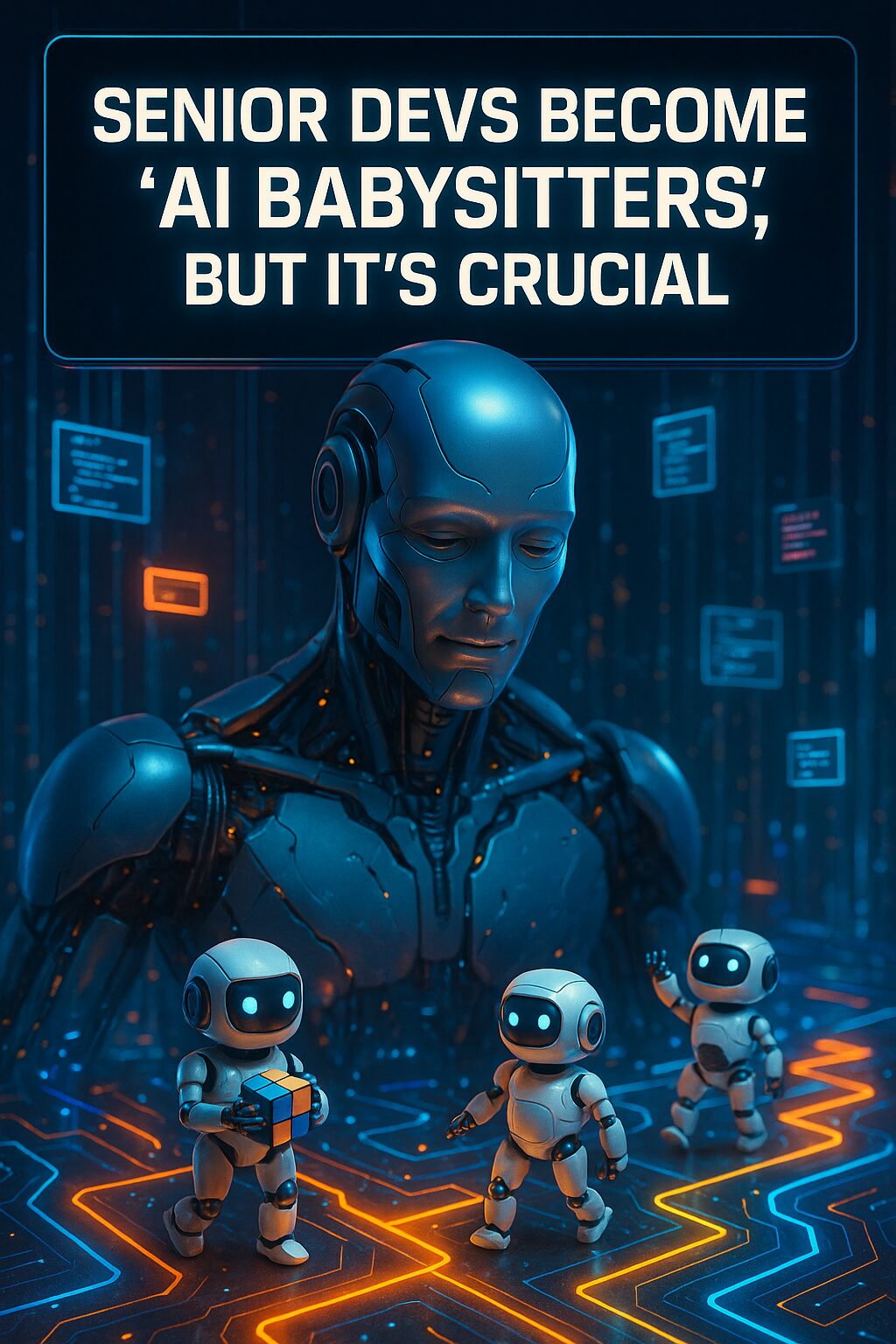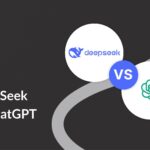
Vibe coding has turned senior devs into ‘AI babysitters,’ but they say it’s worth it
# Navigating the New Age of Coding: AI as Helper, AI as Hurdle
In the ever-evolving landscape of software development, one truth remains steadfast: adaptation is key. The rapid rise of AI tools in coding has ushered in a transformative era, offering developers a powerful ally in accelerating their workflows. However, as senior developers will attest, the road to AI-assisted coding is paved with both remarkable gains and vexing challenges.
## The Promise and Peril of AI-Enhanced Coding
Carla Rover, a seasoned developer turned entrepreneur, illustrates the dichotomy of AI in coding with vivid clarity. Her story of transitioning from traditional coding to AI-assisted development unveils both the allure and the pitfalls of these advanced tools. “Because I needed to be quick and impressive, I took a shortcut and did not scan those files after the automated review,” she admitted, describing an oversight that led to catastrophic errors and emotional turmoil. The initial promise of speed and efficiency quickly morphed into a sobering lesson about dependency and diligence.
Rover’s journey mirrors the experiences of countless developers who’ve embraced AI-generated coding. Despite the allure of rapid prototyping and the ability to sketch ideas on what Rover poetically describes as “a beautiful, endless cocktail napkin,” the reality is often likened to “babysitting” a tech-savvy toddler. Experienced developers find themselves constantly vetting and verifying the AI’s output, ensuring it meets the rigorous standards of production code.
## A New Role: The AI Babysitter
The metaphor of AI as a misguided assistant or an errant child is not hyperbole but a reality faced by developers globally. Feridoon Malekzadeh, a veteran in the industry, draws a stark analogy: “Using a coding co-pilot is kind of like giving a coffee pot to a smart six-year-old and saying, ‘Please take this into the dining room and pour coffee for the family.’”
Despite the potential for efficiency, AI tools often generate more work than they save. Malekzadeh estimates spending as much as 30-40% of his time on “vibe fixing” – correcting the mistakes and redundant scripts created by AI-generated code. The savings come at the cost of vigilance; developers must maintain a critical eye over AI’s shoulder.
The dependency on AI tools has even led to the creation of niche roles such as “vibe code cleanup specialists,” underscoring the need for human oversight in an AI-dominated domain.
## The Learning Curve: Navigating AI-Generated Code
Adopting AI in coding comes with a steep learning curve. Developers must not only familiarize themselves with the capabilities and limitations of AI tools but also keep a watchful eye on potential security vulnerabilities. Austin Spires, a seasoned developer, emphasizes, “What often happens is the engineer needs to review the code, correct the agent, and tell the agent that they made a mistake.”
The concern extends to security, as Mike Arrowsmith points out that “vibe coding often bypasses the rigorous review processes that are foundational to traditional coding.” Hence, ensuring robust access controls and mandatory peer reviews becomes vital to safeguard against newly introduced security blind spots.
Despite these hurdles, the consensus remains that AI coding platforms are invaluable for tasks like prototyping, scaffolding, and eliminating mundane coding chores. “The pros far outweigh the cons,” affirmed Malekzadeh, as echoed by others in the field.
## Embracing the Future: Balancing Ease with Insight
As developers wrestle with these challenges, it is clear that AI in coding is here to stay. The Fastly survey indicates that senior developers are twice as likely to implement AI-generated code into production compared to their junior counterparts, recognizing the time savings and enhanced productivity that AI can offer.
Rover and her peers agree that while AI tools significantly boost efficiency, they must be leveraged through the lens of cautious expertise. “That cocktail napkin is not a business model,” Rover wisely remarks. “You have to balance the ease with insight.”
This call to balance aligns with the emerging role of developers as guides and consultants to AI systems, preparing to take accountability when things go awry and to act as cool-headed overseers in the face of AI’s occasional unpredictability.
## What Does the Future Hold?
The advent of AI in the development landscape raises an intriguing question: How will the roles and responsibilities of developers continue to evolve as AI tools become more sophisticated? As Elvis Kimara, a young engineer, suggests, the focus may shift from code creation to guiding AI systems and ensuring comprehensive oversight.
While AI may sometimes encroach upon the joy of solving problems independently, it undeniably reshapes the horizons of what’s possible in coding. “We won’t just be writing code; we’ll be guiding AI systems, taking accountability when things break,” Kimara predicts. For many, this new paradigm is not a departure but a natural progression, one where the interplay between human ingenuity and machine efficiency heralds a promising future.
As we embrace this future, the challenge remains: How can we optimize this collaboration, ensuring that the combined efforts of developer and AI continue to push the boundaries of innovation?

